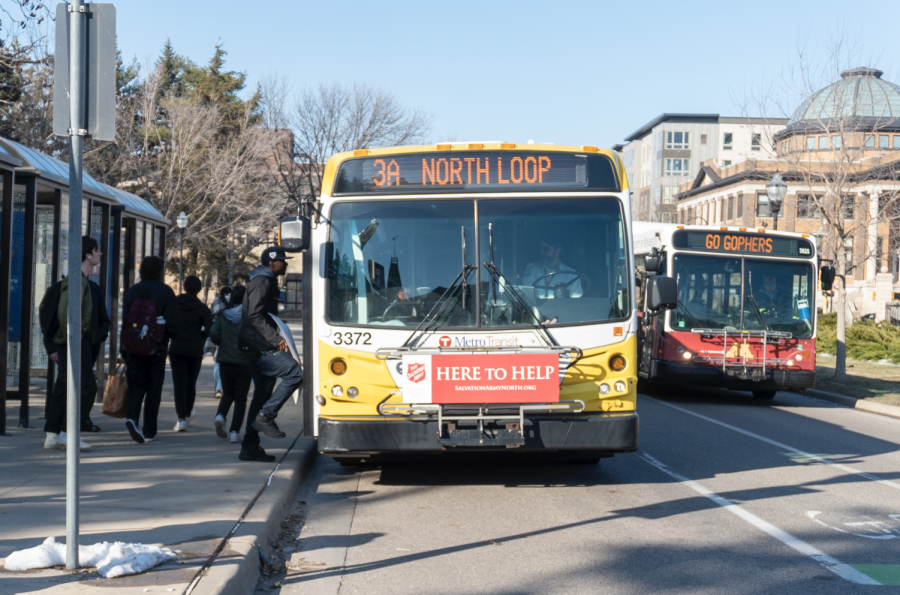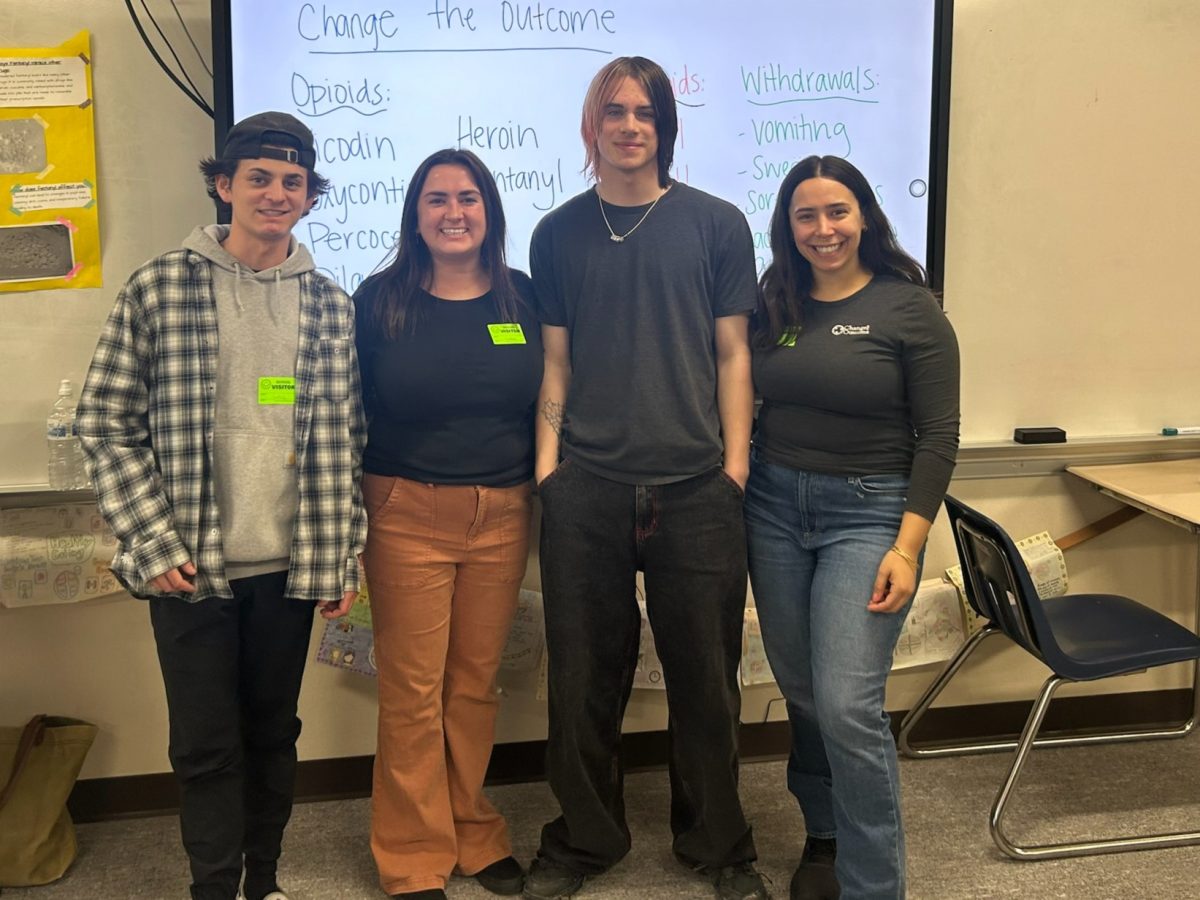At the end of each harvest season, farmer Dean Dostal of Hutchinson, Minn., carefully tends to his corn and soybean crops, preparing for the next year’s planting season.
It’s a familiar routine for most farmers. But unlike many, Dostal won’t till to prep his fields for next season.
By not tilling, farmers can increase their crop yields and reduce fossil fuel use while preserving the soil’s essential nutrients, experts say, and ultimately could help slow down climate change.
“[A no-till practice] prevents erosion of the soil and leaves beneficial nutrients for next year’s crop,” Dostal said.
A University of Minnesota study released earlier this month found that plants have the ability to soak in more carbon from the air when they’re provided with sufficient nutrients and water. By not tilling, which breaks down and compacts the soil, farmers avoid the deterioration of vital nutrients, and in turn, vegetation will soak in additional carbon dioxide.
“Our findings were part of the larger question of how to keep as much carbon out of the air as possible,” said Peter Reich, a forest resources professor and the study’s lead author. “Globally, we need to focus on the way in which vegetation influences the climate.”
The study, which consisted of a series of experiments that exposed plants to potential future climate scenarios, proved that vegetation will absorb up one-third of the extra carbon dioxide released into the air by fossil fuel emissions, Reich said.
Finding ways to increase and preserve earth’s vegetation is a vital piece to solving the climate change puzzle, he said.
Farmers can play a role in preserving carbon contained in plants and soil through their agricultural practices, Reich said.
Conservation tilling, or no-till farming, like Dostal uses, is an agricultural practice that refrains from disturbing the topsoil, which is overturned in traditional tilling.
Preserving the soil is important in maintaining a successful crop, Dostal said.
He has practiced conservation tilling for 15 years on some of his farms, and he said he will likely expand the practice to all of his fields next year.
Dostal also uses a mixture of cover crops — radishes, oats and grass — on his land to preserve the amount of carbon in his fields’ soil.
“What you do to the ground for this year’s crop will affect next year’s crop,” he said, noting that no-till farming creates higher yields.
Increasing farmers’ yields, Reich said, will allow for more plants that decrease the amount of carbon in the air.
Bruce Tiffany, a farmer in southern Minnesota, also practices conservation tilling. He uses the strip-tilling technique, alternating the rows he tills and farms on each year.
While he said the practice creates better crops and helps slow climate change, it also reduces the amount of fossil fuels he releases because he’s using less fuel-powered machinery.
However, not all farmers are willing to switch over to conservation tilling.
Steve Kelley, a senior fellow in the Humphrey School of Public Affairs, said changing practices is hard for many people, especially when it comes to improving the environment, because there aren’t necessarily immediate results.
“While there may be a positive link,” he said, “the benefits to individuals aren’t always clear.”
Dostal said it takes three to four years for farmers to see positive results, like higher yields, so many aren’t open to embracing conservation tilling methods.
International communication about the benefits of green farming techniques is key to expanding the practices that will reduce climate change, Kelley said.
And Reich hopes the new University study will contribute to that discussion.
“We have the tools to stop climate change,” he said. “Findings like ours indicate we need to develop that global cooperation even faster in order to limit the self-inflicted damages that will occur from a changing climate.”
















